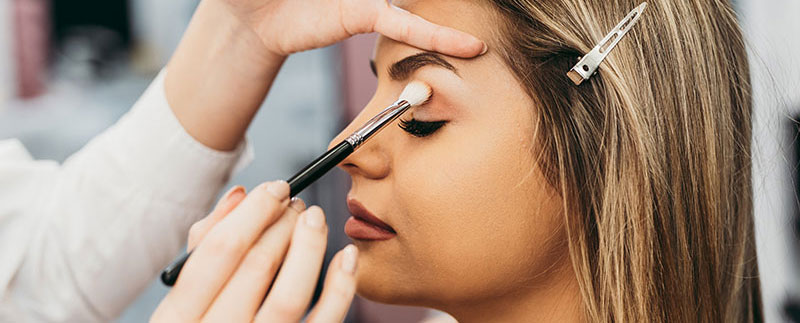As educators, we pay close attention to who is listening and paying attention in class. When we see students doodling, drawing pencil figures, flowers or squiggles on their notebooks/handouts we assume these students aren’t paying attention, but nothing could be further from the truth.
Doodling helps many students focus and has many benefits. Doodling is actually a form of mnemonics, connecting images with information, and can significantly increase our ability to recall information. Research shows us that when ideas and related concepts can be encapsulated in an image the brain remembers the information associated with that image. So, when you walk by and see one of your students doodling, it is actually helping them retain the information, as it activates the visual pathway. It’s said that doodlers gain a 29 percent increase in information retention.
As many classrooms are moving away from print textbook/workbooks and are embracing digital textbooks, the question many ask is, will doodling become a thing of the past? The answer is, no! As we move forward with technology, there are always ways to adapt. Sketchnoting Apps provide visual note-taking in the classroom through tablets or other smart devices.
Sketchnoting isn’t just for doodling. Both students and educators can benefit from these digital apps in the classroom. These apps can provide the following benefits:
- Visual note-taking
- Helps to keep students actively involved in the information
- Allows you to incorporate sketchnotes into lessons and have students share their pages with each other
- Creates visual stories for students
- Brings your lessons to life through interesting visuals
- Allows you to push/share Sketchnotes to your students
The potential applications of using Sketchnoting in the classroom is truly endless. There are many Sketchnote Apps, some are paid for versions while others offer free downloads. In addition, iTunes offers a free course on Digital Sketchnotes.



